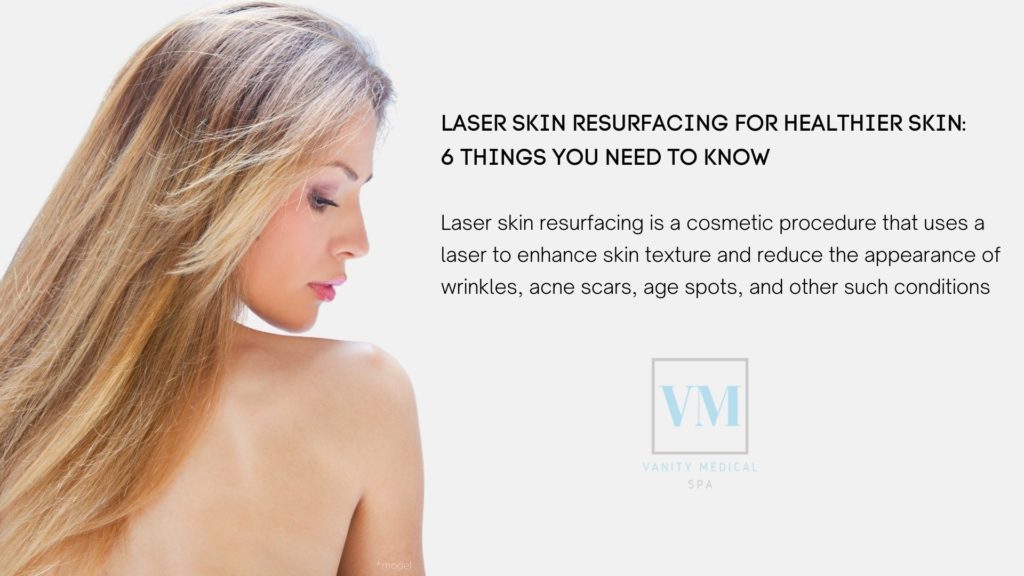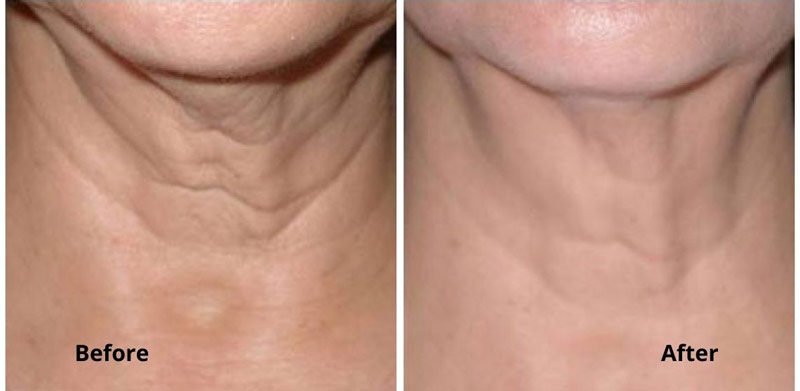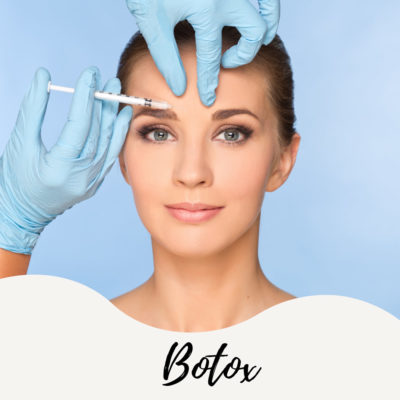While laser can help treat a plethora of skin conditions, having little knowledge about it can get you in serious trouble. Here are six basic things you must know before undergoing laser skin resurfacing.
Clearer, smoother, and brighter skins, we all want it, but it is like a dream for most of us. Treatments like Dermabrasion, chemical peels, and micro-needling can certainly push you closer to your dream skin, but lasers are a way to go when you need a super-effective solution to treat your skin concerns.
The laser works like magic on your skin and helps treat problems like wrinkles, age spots, acne scars, fine lines, and sun damage. Having little knowledge about laser treatments can often leave you confused and misguided. To help you better understand the procedure of laser resurfacing, we have listed down six things you must know before trying out any laser-based treatment for your skin.

What is Laser Skin Resurfacing?
Laser skin resurfacing is a cosmetic procedure that uses a laser to enhance skin texture and reduce the appearance of wrinkles, acne scars, age spots, and other such conditions. This procedure requires a high level of expertise, and therefore, it is usually performed by dermatologists and expert physicians.
There are two types of lasers: ablative and non-ablative. Depending on the patient’s need, doctors recommend getting either non-ablative or ablative laser skin resurfacing.
Ablative laser treatment uses two types of agents: Erbium and carbon dioxide (CO2). Erbium is usually used in the procedure to treat superficial skin concerns such as fine lines, wrinkles, scars, etc. CO2, on the other hand, is used when there is a need to treat deep wrinkles, warts, and deep scars. Both treatments remove the dermis layer of the skin to enhance skin texture.
Non-ablative laser treatments do not remove the dermis layer of the skin. These laser treatments use fractional lasers and intense pulsed light to treat acne-related skin concerns, spider veins, and even rosacea.
Six Things to Know Before Getting Laser Skin resurfacing
1. The results of your treatment heavily depend on your physician’s expertise
When you are getting laser treatment to remove scars or wrinkles, the expertise of the person holding the laser heavily reflects on the results.
If you are getting your treatment from a board-certified dermatologist or physician, a laser can safely enhance your skin texture and give you wondrous results.
When the person performing the laser treatment is not fully-trained or lacks expertise, you may not get desired results. In fact, the procedure can even be dangerous for you.
So, do not pre-assume that the person holding the laser is fully-trained. Do your research before visiting any cosmetic clinic and find out whether they have board-certified dermatologists.
2. A medical consultation is a must
If you visit a clinic and they give you a date for your laser treatment before asking you to see a dermatologist, just walk away! Seeing a dermatologist before having a laser treatment is highly crucial.
The dermatologist will ask you about the medications you are currently taking. If there is something on your medication list that wouldn’t sit well with the laser treatment, your doctor will advise you to stop taking it for some time.
During the consultation, make sure to tell the following things to your doctor:
- Your current medications
- Any existing medical conditions such as diabetes
- Your smoking habits
You can also talk to your dermatologist about the results you expect from the treatment. Be honest!
3. Lasers are not usually good for active acne
Laser seems like a perfect treatment to eliminate acne—just aim the laser beam at the acne spot and it will disappear. But in reality, it’s not that simple.
Laser is a good option to reduce the appearance of acne scars, but not as good for treating acne itself.
According to the American Academy of Dermatology, a laser might be a good option for scar resurfacing, but for active acne, patients should opt for treatments that use blue or red-blue light.
4. Sun protection is crucial
Protect your skin from sun damage before and after your laser treatment. If you show up at the clinic with a sunburn, your dermatologist might not perform treatment on your skin. Laser and sun-damaged skin don’t go together at all.
So, avoid heading out into the sun a lot if you have scheduled a laser treatment in the upcoming week. Similarly, wear sunscreen or avoid the sun after your treatment, at least until your skin heals.
5. You may require more than one session
To give you more clear and texture-free skin, your dermatologist may recommend more than one laser treatment session. Your dermatologist will analyze your skin condition, and suggest whether more than one session will help to alleviate your skin concerns.
Usually, when you take a non-ablative laser resurfacing treatment, it takes more than one session to show visible results. With non-ablative treatment, patients observe no downtime but see results after a few sessions.
6. You may need to make a few lifestyle changes
To help your skin heal and show better results after the laser treatment, your dermatologist may recommend that you:
- Stop taking aspirin, Vitamin E, and other health supplements that can slow down the healing process
- Quit smoking for a few weeks.
- Stop using acne medication, and topical creams that may hinder the laser treatment.
- Avoid taking sun baths or spending long hours in the sun.

At Vanity Medical Spa, we administer high-precision laser treatments for tightening skin, removing texture, and whitening teeth. We have board-certified dermatologists that are highly trained and skilled to perform both ablative and non-ablative laser treatments.
If you want healthy and texture-free skin, contact Vanity Medical Spa today and book an appointment with our expert dermatologists and get a consultation now at (201) 815-5950
Schedule An Appointment


